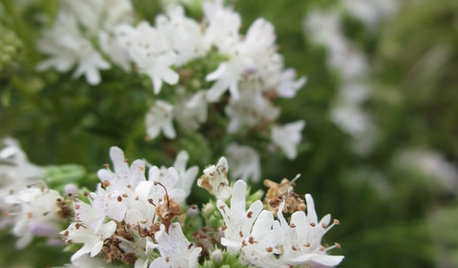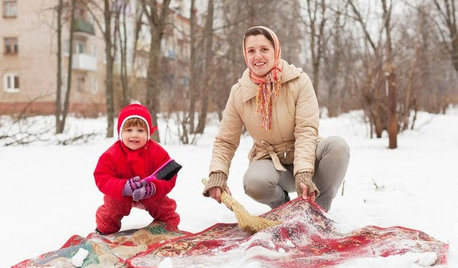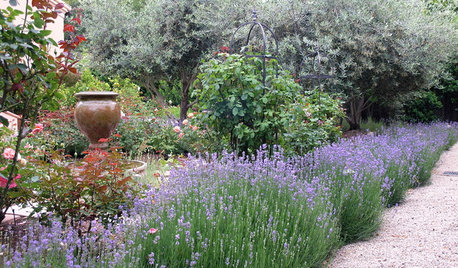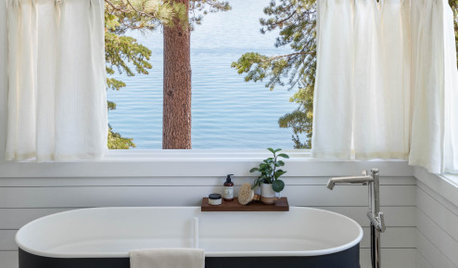Camellia almost dead- 'Scented Snow'
brandyray
13 years ago
Related Stories

LIFEHard Winter? 9 Ways to Battle Cabin Fever
We know a lot of you are trapped where it just won’t stop snowing. Here are some ways to survive
Full Story
GARDENING FOR BUTTERFLIESGreat Design Plant: Virginia Mountain Mint
Watch a world of insects dine on this Midwest native, an easy bloomer that washes the garden (and your skin) in scents of cool mint
Full Story
HOMES AROUND THE WORLDHousehold Habits and Customs to Borrow From Other Countries
Discover why salt may be the perfect house-warming gift, how to clean rugs in snow and why you should invest in a pair of ‘toilet slippers’
Full Story
GARDENING GUIDES8 Plants for a Deliciously Fragrant Fall Garden
Scent the autumn air with the perfume of caramel corn, honey and spices by adding these intoxicating plants to your landscape
Full Story
TREES11 Japanese Maples for Breathtaking Color and Form
With such a wide range to choose from, there’s a beautiful Japanese maple to suit almost any setting
Full Story
FLOWERSHerb Garden Essentials: Grow Your Own Fragrant Lavender
This do-it-all plant is ideal for almost any garden, and its uses are abundant around the home
Full Story
FALL GARDENING7 Reasons Not to Clean Up Your Fall Garden
Before you pluck and rake, consider wildlife, the health of your plants and your own right to relax
Full Story
FRONT YARD IDEASBefore and After: Front Lawn to Prairie Garden
How they did it: Homeowners create a plan, stick to it and keep the neighbors (and wildlife) in mind
Full Story
SELLING YOUR HOUSEA Moving Diary: Lessons From Selling My Home
After 79 days of home cleaning, staging and — at last — selling, a mom comes away with a top must-do for her next abode
Full Story
FEEL-GOOD HOMESimple Pleasures: The Art of the Bath
Turn your tub session into a spa-like experience with sensory treats and relaxing decor
Full StorySponsored
Central Ohio's Trusted Home Remodeler Specializing in Kitchens & Baths
More Discussions






luis_pr
brandyrayOriginal Author
Related Professionals
Palm Springs Landscape Architects & Landscape Designers · Taylorsville Landscape Architects & Landscape Designers · Aloha Landscape Contractors · Bergenfield Landscape Contractors · Choctaw Landscape Contractors · Gurnee Landscape Contractors · Lees Summit Landscape Contractors · Miller Place Landscape Contractors · Painesville Landscape Contractors · Tustin Landscape Contractors · White Bear Lake Landscape Contractors · Silver Firs Landscape Contractors · Hawaiian Gardens Landscape Contractors · Buena Park Swimming Pool Builders · Eatontown Swimming Pool BuildersbrandyrayOriginal Author
luis_pr